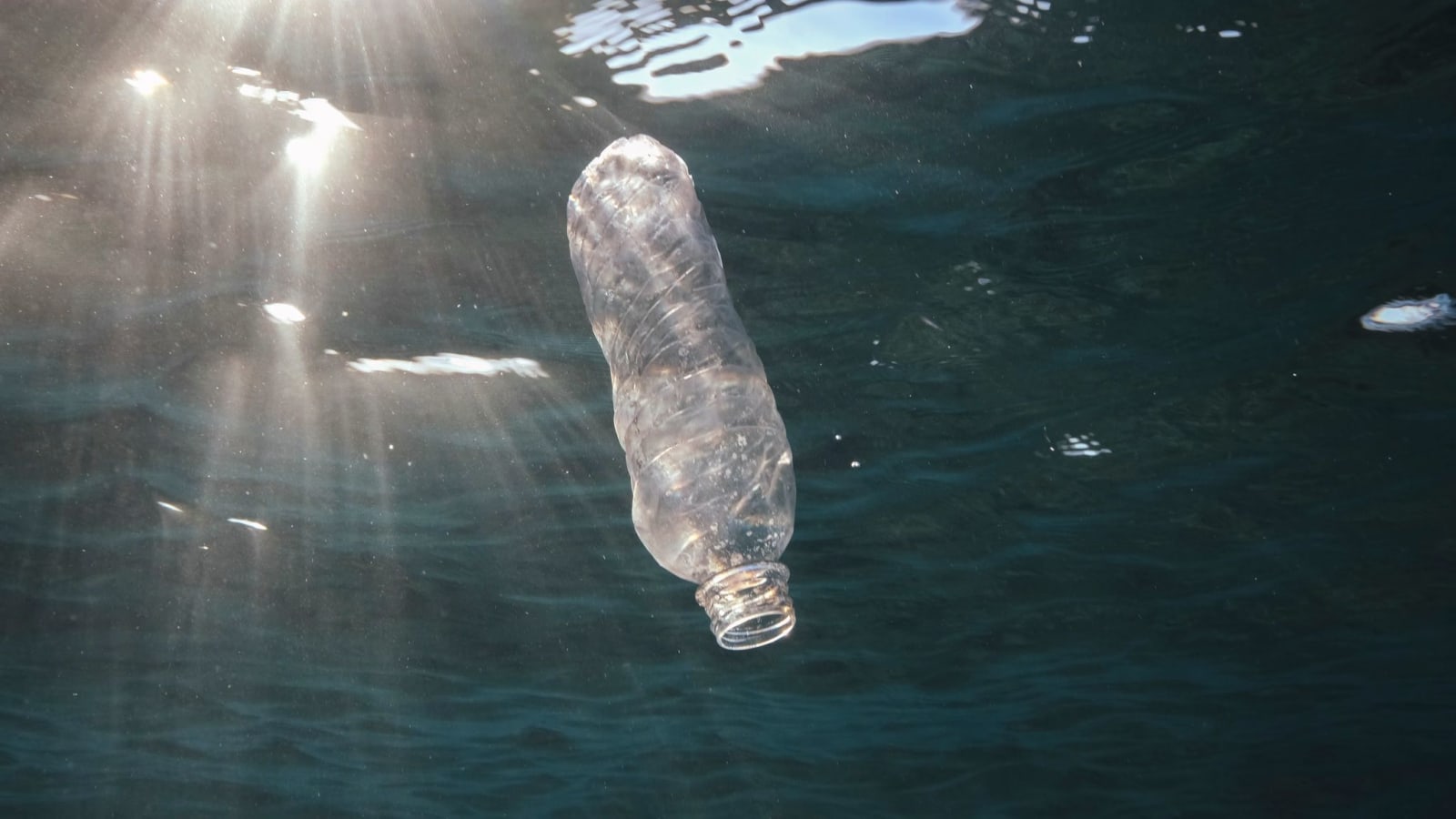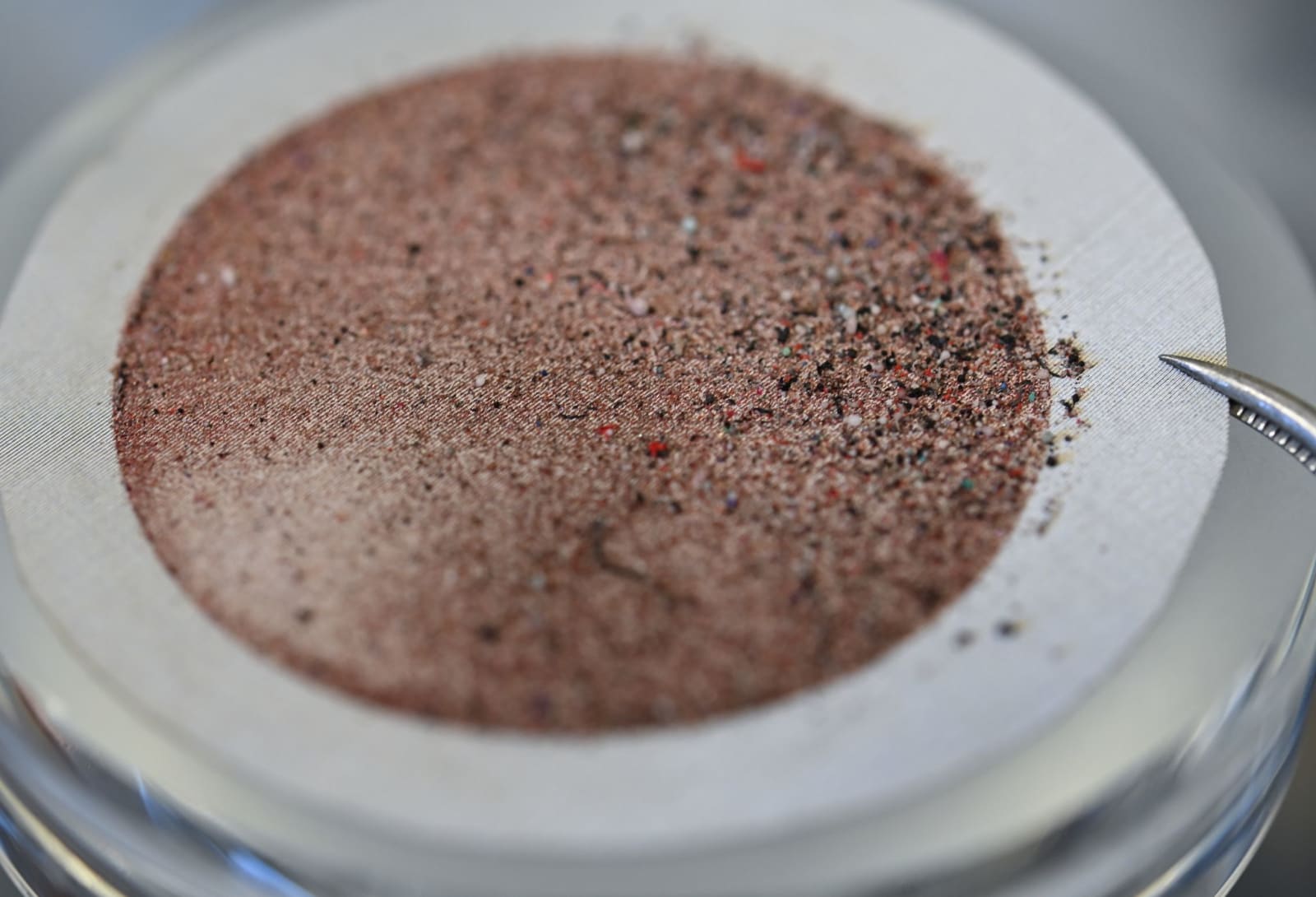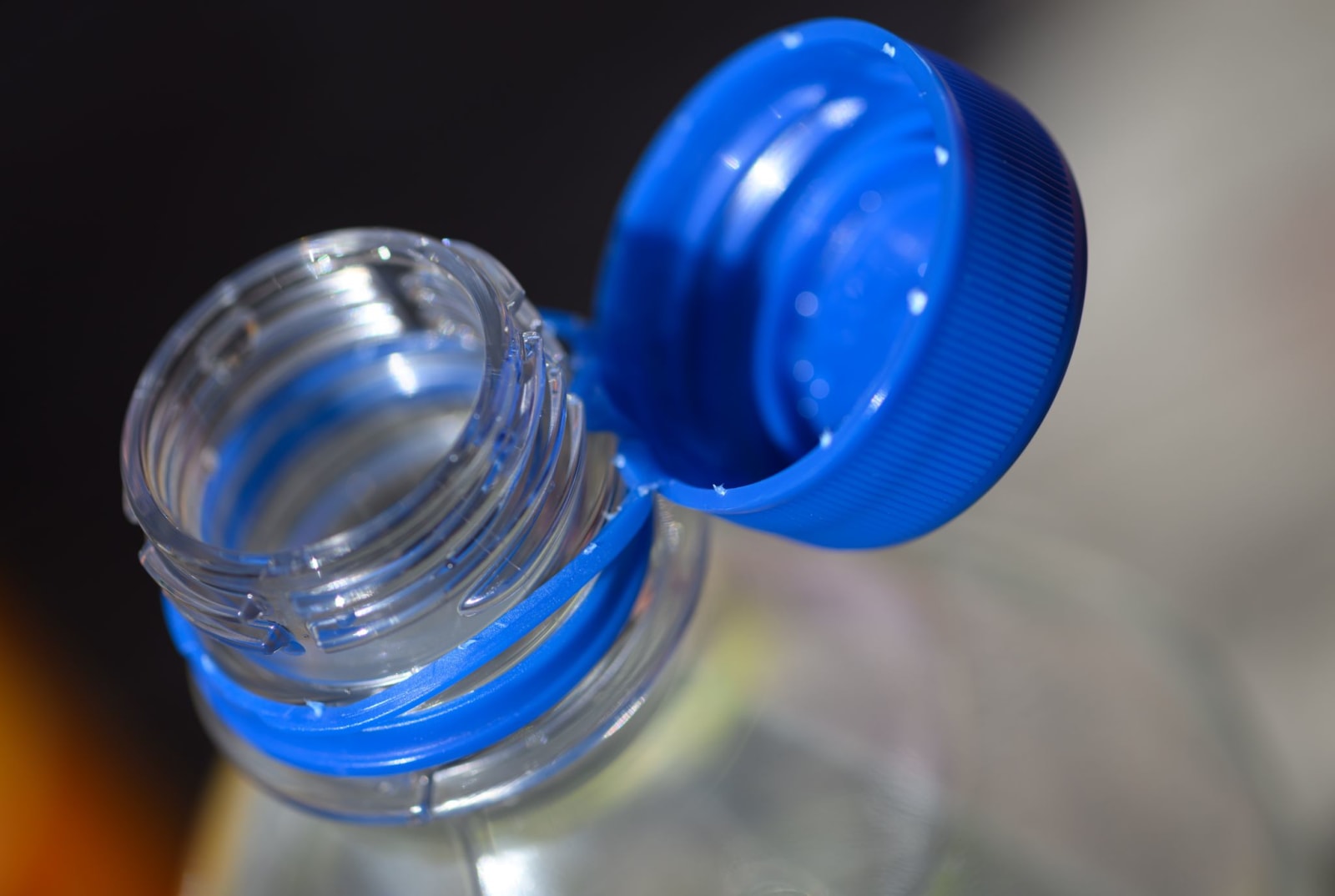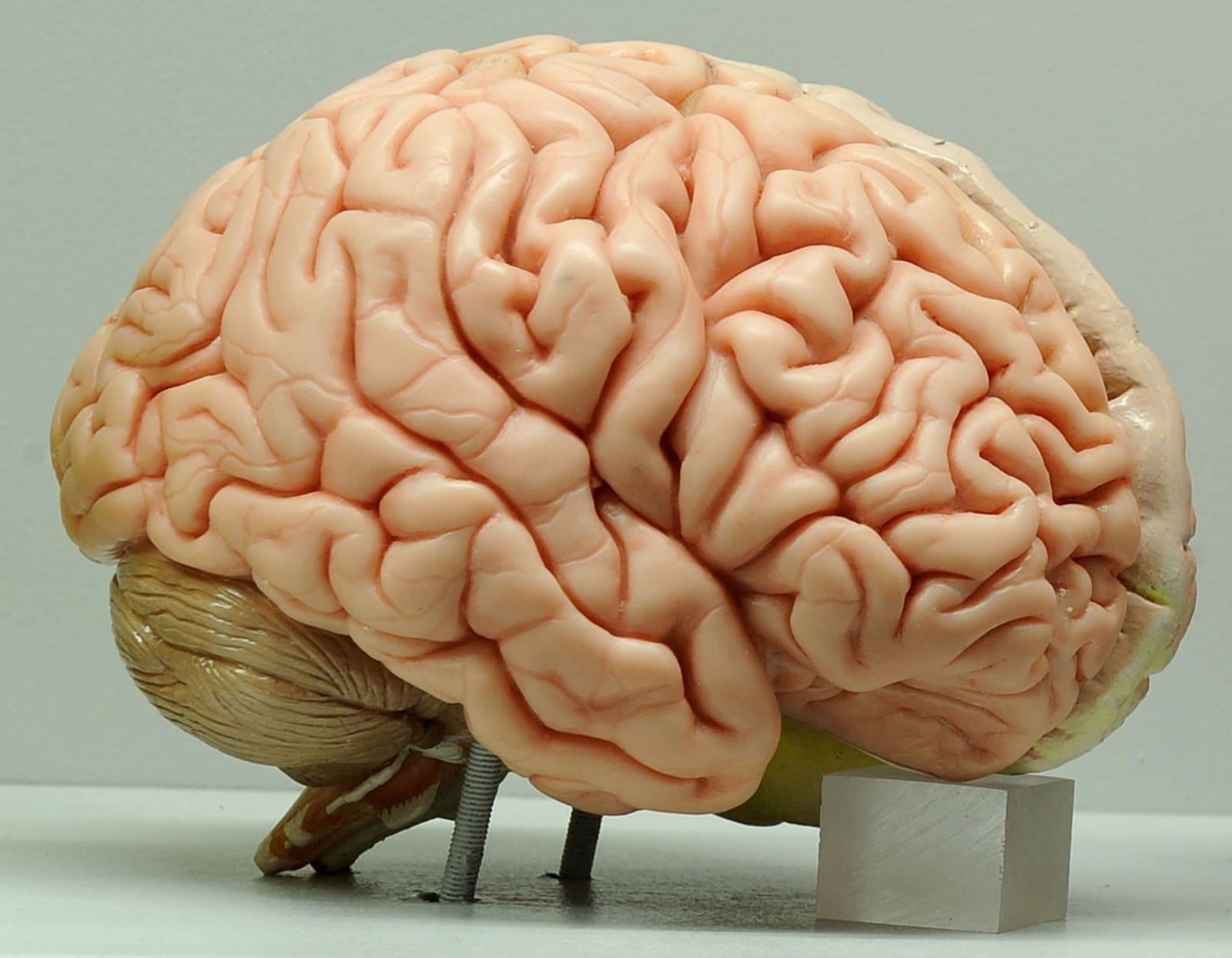
Plastic fragments are ubiquitous—found in natural environments as well as within the human body. As three scientists articulate in the journal Brain Medicine, microplastics permeate the food we consume, the water we drink, and even the air we inhale. commentary on several previous studies.
They highlight potential risks – however, their main focus is explaining ways to decrease exposure to these particles: steer clear of plastic bottles, opt for ceramic containers when microwaving food, and choose plastic-free teabags instead.
A recent study conducted by another team discovered substantially greater amounts of microscopic plastic particles in liver and brain tissue samples taken posthumously from individuals in 2024 compared to those collected back in 2016. The researchers, headed by Matthew Campen at the University of New Mexico, noted that these plastics were most concentrated in the brains as opposed to the livers or kidneys. This finding was published in February in the scientific journal Nature Medicine.
The significant rise in plastic concentration in the brain over merely eight years is deeply concerning, stated Nicholas Fabiano, the lead commentator from the University of Ottawa.
Small plastic fragments in the brain
Especially tiny particles were identified within the brain, with sizes under 0.2 micrometres. These primarily comprised polyethylene, a material common in various daily use items.
Because of their minuscule dimensions, they have the ability to penetrate what is known as the blood-brain barrier; however, the consequences of this remain uncertain.
Microplastics consist of particles ranging from 1 micrometer (0.001 millimeter) to 5 millimeters in size. Particles that are even tinier fall into the category of nanoplastics.
The three scientists clarify that each individual has the ability to decrease their consumption of nano- and microplastics.
• According to the researchers, if a person consumes solely bottled water, they may ingest over 20 times more microplastics compared to someone who exclusively drinks tap water, citing previous findings. study Even water from glass bottles contains more plastic particles than tap water, according to researchers who report this in their study. analysis Of the 21 studies, this might be due to the bottling process, amongst other factors.
• An additional source of micro- and nanoplastics is plastic tea bags According to the analysis by these three researchers, steeping a plastic teabag at 95 degrees Celsius might result in substantial amounts of plastic leaching out. Consider choosing brands that do not utilize plastic teabags or opt for using loose-leaf tea instead.
・Avoiding plastic food containers Heating food in plastic containers—particularly in the microwave—may lead to significant releases of micro- and nanoparticles, cautions co-commentator Brandon Luu from the University of Toronto.
According to the researchers, even storing something for a long time at room temperature or in the fridge can result in a considerable discharge of particles.
"Luu suggests that opting for glass or stainless-steel containers over plastic can be a minor yet important step in reducing exposure." She adds that food stored in cans might include compounds derived from plastics like Bisphenol-A (BPA).
In one study During the experiment, participants consumed canned soup for five consecutive days, resulting in a significant increase in their urinary BPA levels. However, the team of researchers points out: "The extent and health effects of these increases in BPA levels are still unknown and require additional investigation."
Another US study has demonstrated that highly processed foods have considerably higher levels of microplastics compared to minimally processed foods.
The group observes at least one encouraging outcome: "Among the most promising elements of the discoveries made so far is the absence of a link between age and the buildup of microplastics."
This implies that even with continuous exposure to environmental elements, the body possesses processes to eliminate these substances gradually via perspiration, urine, and feces.
Several potential outcomes for the body
The commentators mention that evidence from cell cultures and animal studies suggests plastic particles might lead to inflammation, immune system disruptions, changes in metabolic processes, irregular organ growth, and increased risk of cancer. Nonetheless, the body of research remains somewhat constrained.
Extensive human trials are necessary to assess the potential health hazards associated with microplastics. Concurrently, additional investigations should be conducted to more accurately gauge the efficacy of different mitigation approaches.
Only a limited number of studies have explored the impact of microplastics on the brain. Campen’s group found higher concentrations in another dozen brain samples taken from individuals diagnosed with dementia. Nonetheless, the scientists noted that this research doesn’t establish a clear causal link.
The three writers suggest it's possible that dementia can compromise the integrity of the blood-brain barrier, thereby enabling greater ingress of microplastics.



